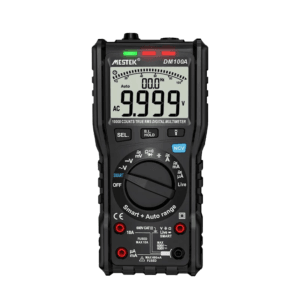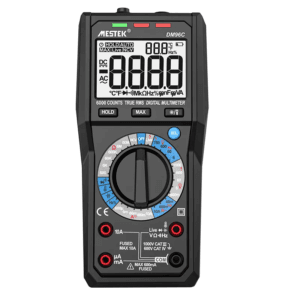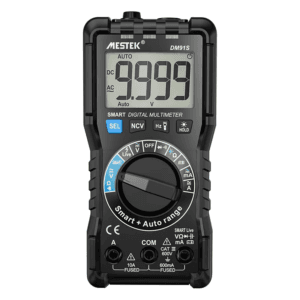DM96A is a professional-grade temperature measurement multimeter designed for precise electrical testing in industrial, HVAC, and maintenance applications. With a temperature range of -20°C to 1000°C (-4°F to 1832°F), you can perform electrical and thermal diagnostics with just one tool. This true-rms multimeter supports DC voltage up to 1000V, AC voltage up to 750V, and current up to 10A. It also offers a wide range of resistance (up to 60MΩ) and capacitance (up to 60mF) measurement ranges. The 6000-digit display and auto-ranging feature ensure accurate real-time readings under a wide range of circuit conditions. The DM96A meets the IEC61010-1:2020 CAT III 1000V safety standard. Other features include continuity beeper with LED, diode test, and true-rms AC measurement for accurate performance under non-linear loads. Its rugged construction and generous dimensions make it suitable for professional bench or field use.
Functions
| DC Valtage | 600mV/6V/60V/600V/1000V | ±(0.5%+5) |
| AC Voltage | 6V/60V/600V/750V | ±(1.0%+5) |
| DC Current | 6000uA/600mA/10A | ±(0.8%+3) |
| AC Current | 6000uA/600mA/10A | ±(1.0%+3) |
| Capacitance | 60nF/600nF/6μF/60μF/600μF/6mF/60mF | 士(3.5%+15) |
| Resistance | 600Ω/6KΩ/60kΩ/600kΩ/6MΩ/60MΩ | ±(0.8%+3) |
| °C/°F | -20°C~1000°C/-4°F~1832°F | |
| Display | 6000 Counts | |
| Manual/Auto/Smart | Auto | |
| ACV/ACA T-RMS | √ | |
| Continuity | Sound And LED Alarm | |
| Diode Test | √ | |
| Batteries | 2*1.5V AAA | |
| Size | 190*89*50 (mm) | |
| Weight | About 500g | |
| Safety Level | IEC61010-1:2020 CAT Ⅲ 1000V | |
| Accessories | Multimeter-Probe-Batteries-User ManualColor Box |
Factory Showcase
Mestek achieves high standards and high consistency in product inspection and calibration through precise machinery and a clean environment.
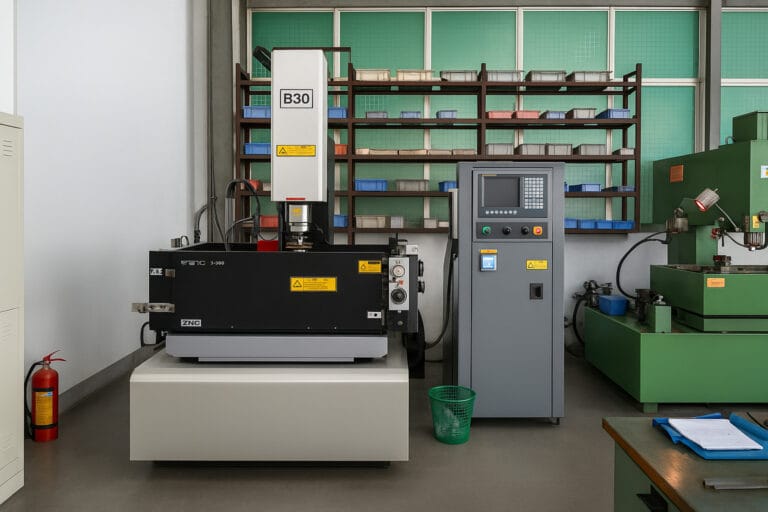
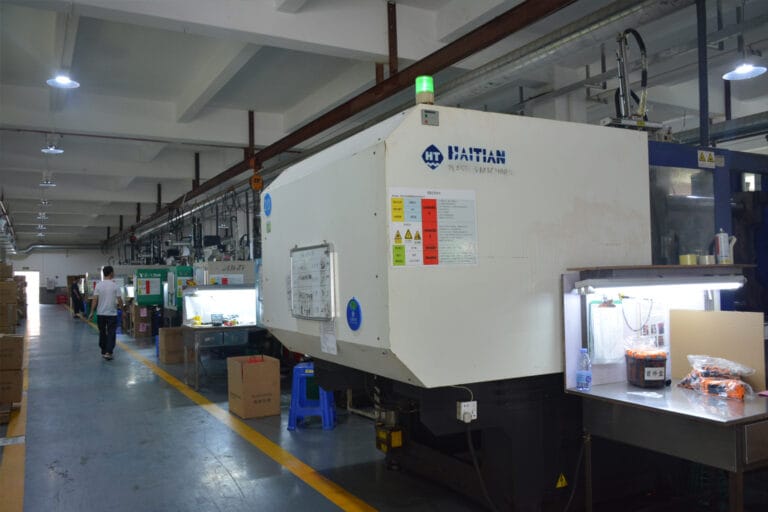


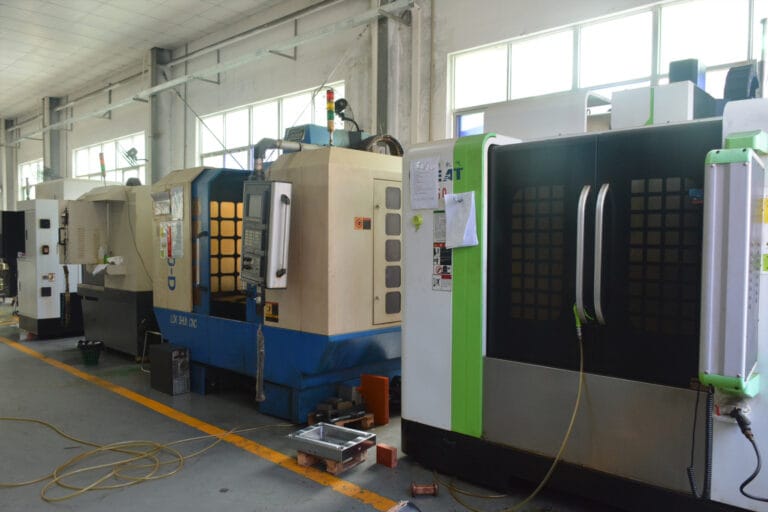
FREQUENTLY ASKED QUESTIONS
Why does my multimeter show “OL” or “1”?
When your multimeter displays “OL” (Over Limit) or “1”, it usually means the measurement exceeds the selected range or the circuit is open. For example, if you’re measuring resistance and the probes aren’t touching anything (or measuring an open circuit), your multimeter will show “OL” or “1” to indicate that the value is out of range. Switching to a higher range or reconnecting the probes usually resolves the issue.
How often should I calibrate my multimeter?
A multimeter should generally be calibrated once a year to ensure accuracy, especially in professional or industrial environments. However, if you use your multimeter occasionally for basic home electrical tasks, you may calibrate it less frequently. Always refer to the manufacturer’s guidelines, and if you notice inconsistent readings, get it calibrated sooner.
Can a multimeter measure temperature?
Yes, many digital multimeters come with a built-in temperature measurement function. These models typically include a K-type thermocouple probe that allows you to measure temperatures in Celsius or Fahrenheit. Check your multimeter’s specifications to see if it supports this feature. It’s especially useful for HVAC technicians or electronics troubleshooting.
What does "True RMS" mean and do I need it?
“True RMS” (Root Mean Square) is a technology in advanced digital multimeters that allows accurate measurement of AC signals, even when they are not pure sine waves. If you’re working with variable frequency drives, motors, or other equipment generating distorted waveforms, a True RMS multimeter provides more reliable readings than an average-responding one. For professional and industrial use, True RMS is highly recommended.
Can I test batteries with a multimeter?
Yes, a multimeter can test batteries by measuring their DC voltage. Simply set the multimeter to DC voltage mode, connect the red probe to the battery’s positive terminal and the black probe to the negative terminal. For example, a 1.5V AA battery should read close to 1.5V when fully charged. If the voltage is significantly lower, it’s time to replace the battery.
What does the “auto-ranging” feature do?
The auto-ranging feature in a multimeter automatically selects the correct range for the measurement you’re performing. This means you don’t need to manually set the voltage, current, or resistance range—it simplifies operation, reduces errors, and speeds up testing. It’s a must-have for beginners and also convenient for professionals handling diverse measurement tasks.




